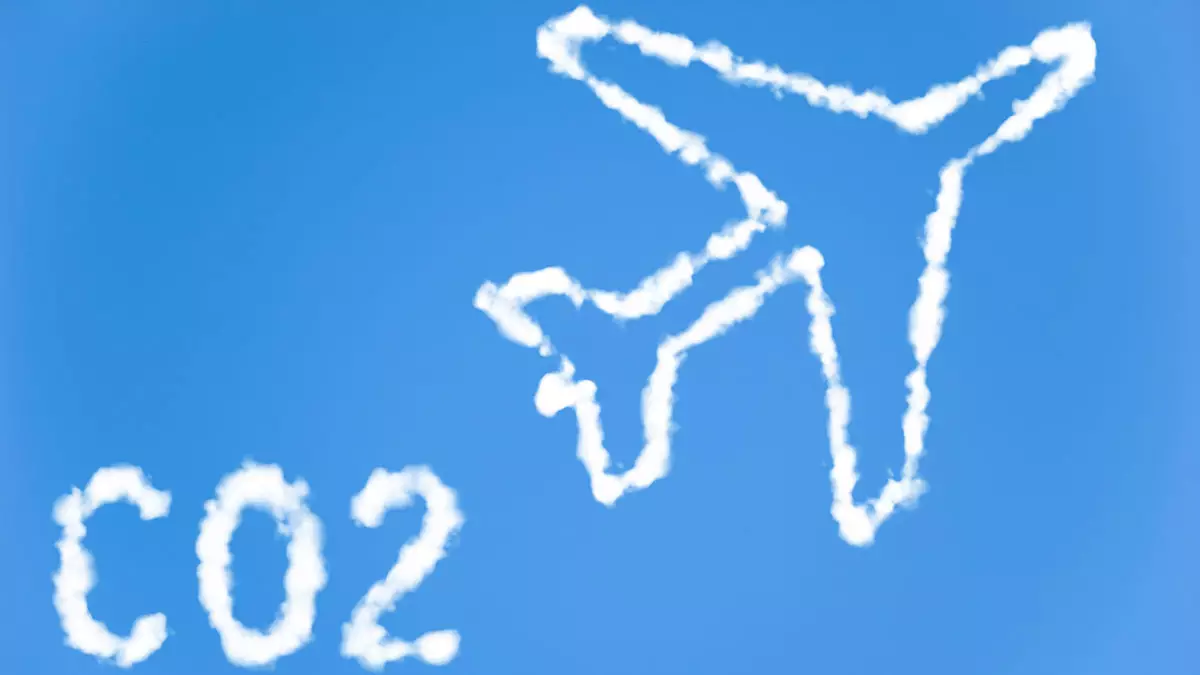The Federal Aviation Administration (FAA) recently announced the allocation of $291 million in grants for sustainable aviation fuel (SAF) and related technologies. These funds, authorized under the 2022 Inflation Reduction Act, aim to support the Biden administration’s ambitious goal of reaching 3 billion gallons of domestic SAF production annually by 2030, accounting for 10% of aviation fuel consumption in the United States.
Out of the total grant amount, $244.5 million will be directed towards 22 projects focused on producing, transporting, blending, or storing SAF. Examples of these projects include financing for Gevo to convert an existing fuel facility in Minnesota into a SAF refining plant, as well as providing support to Arcadia EFuels in Texas for a SAF production facility projected to yield 23.2 million gallons annually by 2028. The remaining $46.5 million in grants will be allocated to other low-emissions aviation initiatives.
The Current State of SAF Production
Despite the significant investment in SAF production, the global output of sustainable aviation fuel still falls short of meeting the industry’s demands. The International Air Transport Association (IATA) estimates that global SAF production will triple this year to 500 million gallons, representing only 0.5% of the aviation sector’s fuel requirements. This slower-than-expected ramp-up in SAF production has led to a downward revision of IATA’s forecast for 2030 by 19%.
Air New Zealand recently became the first major airline to backtrack on its 2030 emissions-reduction target, citing the limited availability and affordability of SAF as a key obstacle. The aviation industry has called on governments to offer greater subsidies and incentives for SAF production while also leveling criticism at major energy companies for not doing enough. However, critics argue that airlines themselves have not fully committed to allocating resources towards SAF and other emissions-reduction strategies.
While the FAA grants represent a significant step towards advancing sustainable aviation fuel initiatives, it is evident that challenges remain in scaling up production to meet the industry’s ambitious targets. The discrepancy between current SAF output and future demand underscores the need for continued collaboration between government, industry, and environmental stakeholders to accelerate the transition towards a more sustainable aviation sector.

